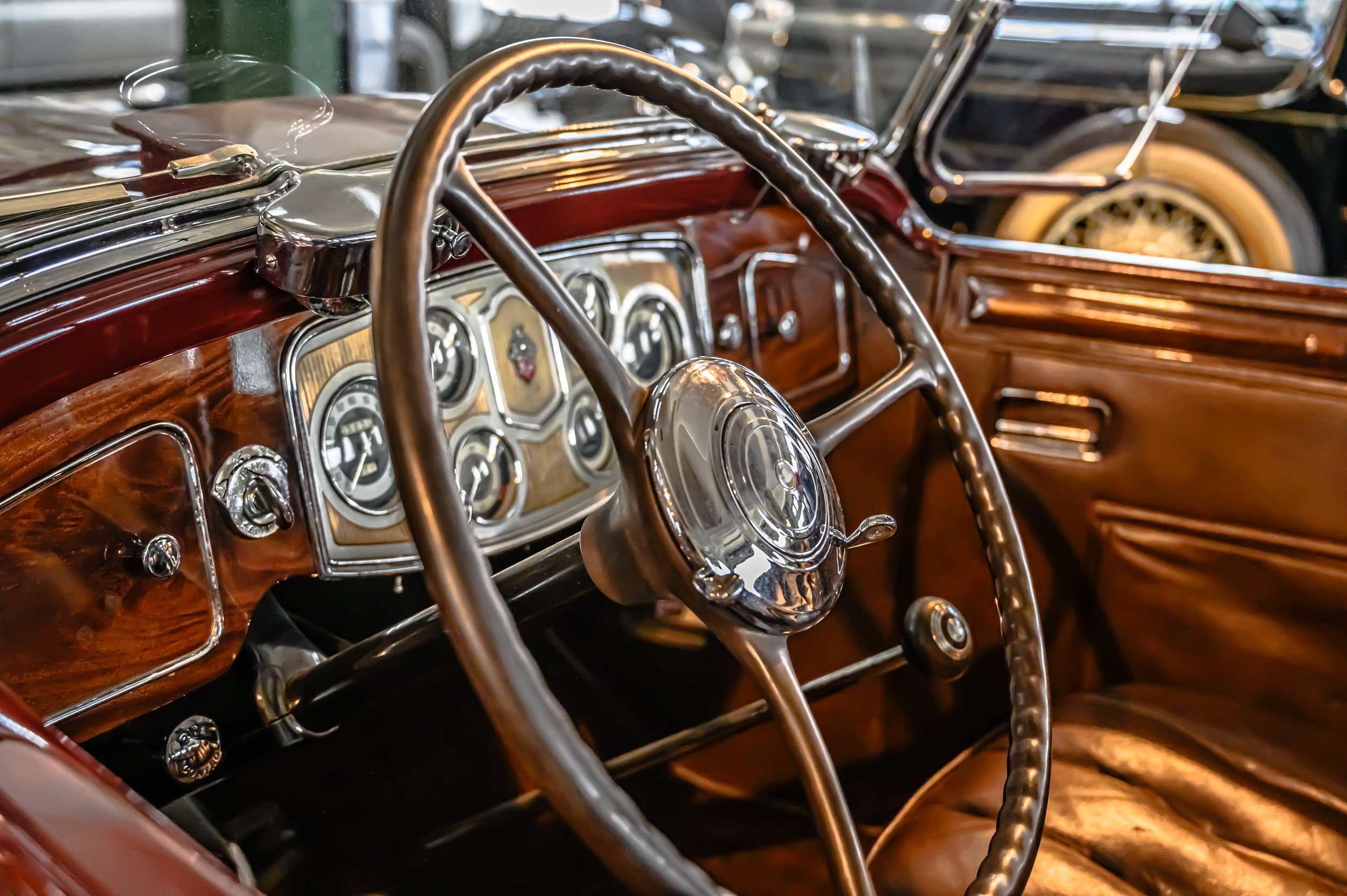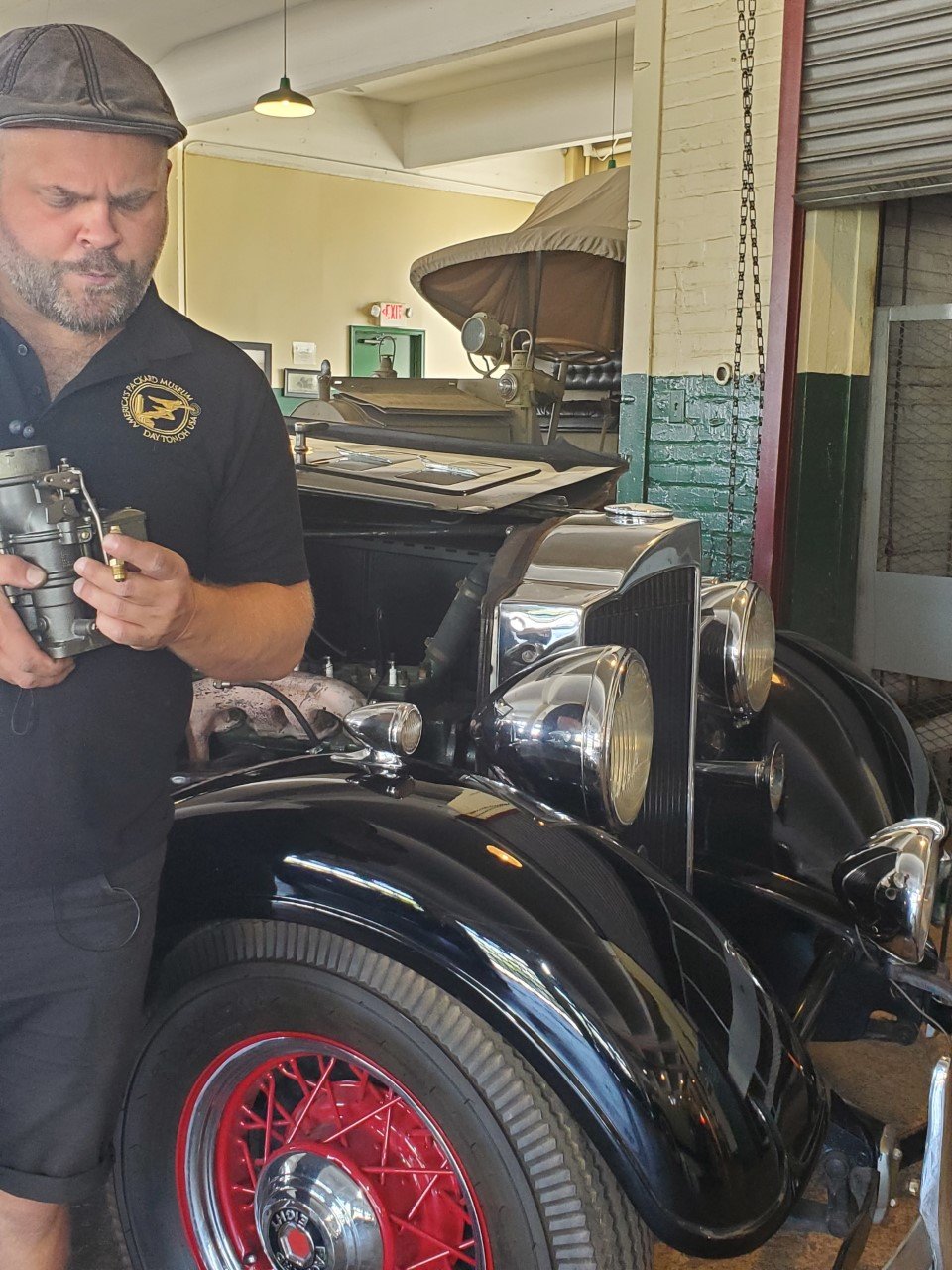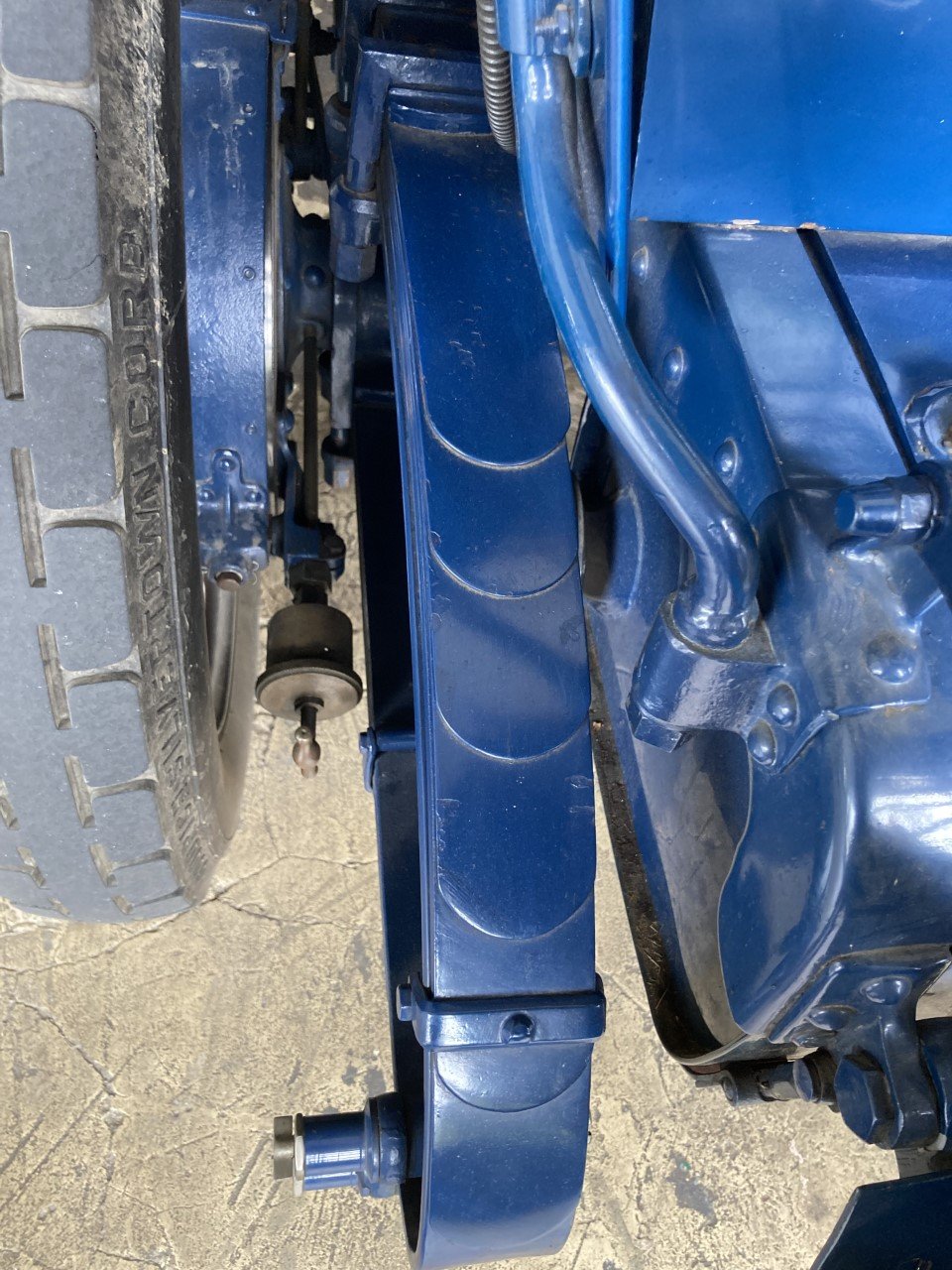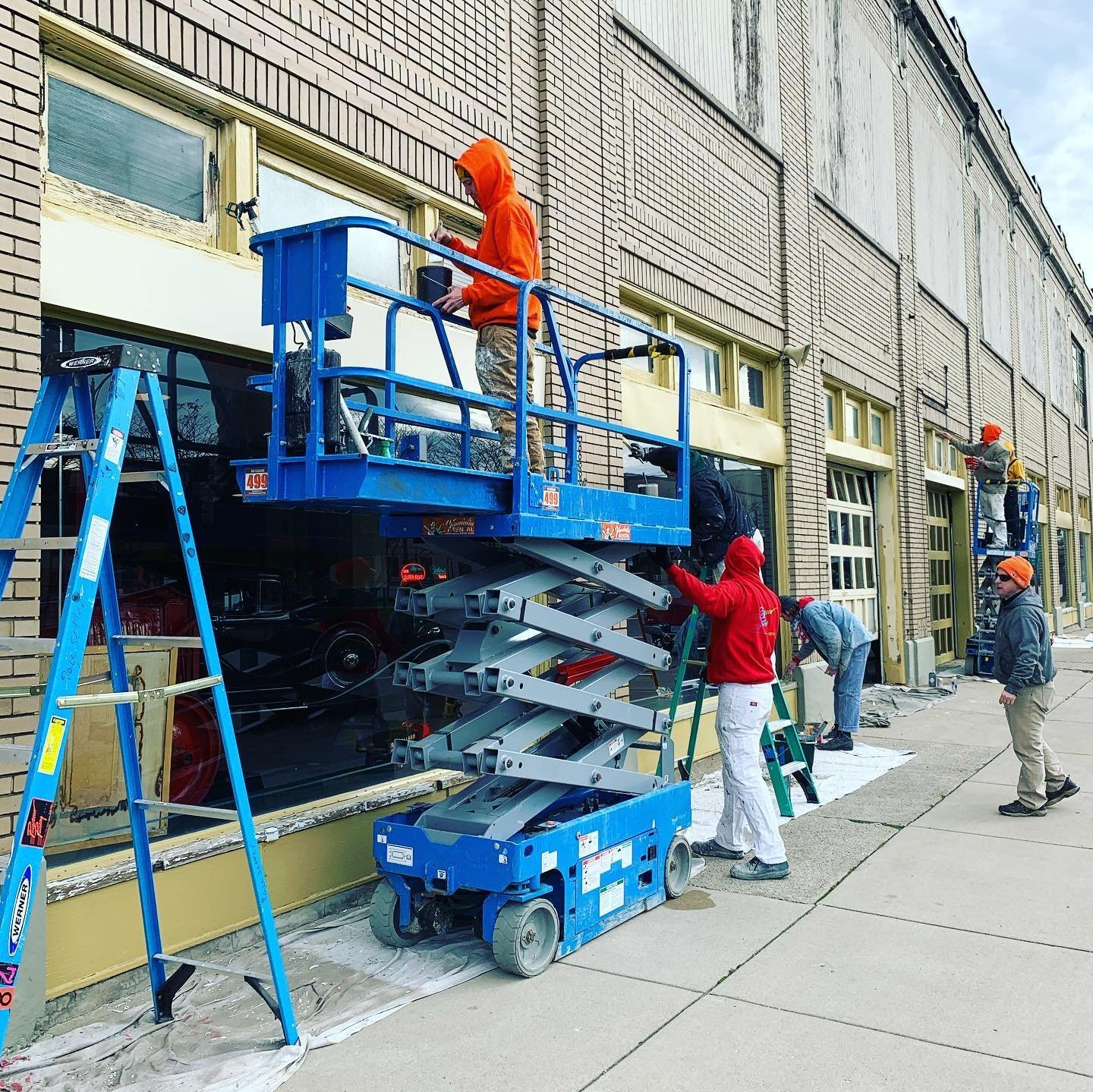
Conservation
Whenever possible, APM preserves it vehicles in an original state as possible. Conservation in the setting of an automobile museum is the replacement of original parts for safety or necessary replacement. Modern safety standards may override the desire for originality and sometimes it is not technically possible to use original items. Rubber hoses and gaskets, for example, inevitably fail; original electrical wiring can be unsafe; and modern fuels and lubricants are far better for the cars. Sometimes it is illegal to use original parts because they are unsafe by modern standards, necessary replace items that look similar but constructed using modern formulations. Paint formulations and parts (originally covered in asbestos) may no longer be available.
After careful deliberation, staff at America’s Packard Museum conserves vehicles using modern parts and techniques only when necessary, preserving the originality as often as possible.
In addition, the Museum itself is a self-contained environment that helps preserve and conserve the collections. The staff maintains the building’s temperature, humidity, and lighting at levels which are best for the collection.
The APM technicians who maintain the cars use original techniques and procedures whenever possible. Modern automotive technicians train to use computer analysis for the sensors on contemporary cars, but this simply does not work with historic vehicles. The APM technicians become expert at understanding the original service manuals and parts lists and in using tools and techniques no longer in use. For example, modern auto mechanics will never need to adjust carburetors, points, and plugs; know how to replace the gases used in original headlamps; or any other myriad requirements needed for older cars. The technicians at America’s Packard Museum are as much an artist as anyone who paints a painting or composes music.




